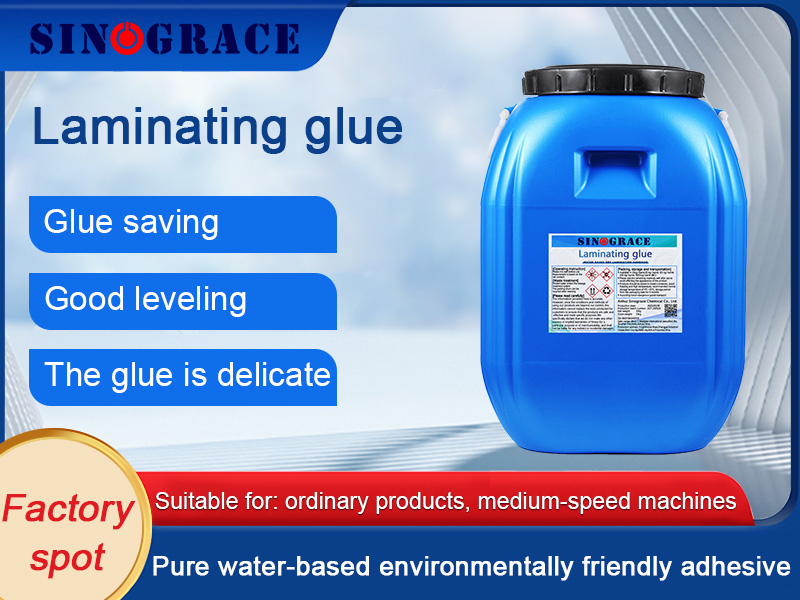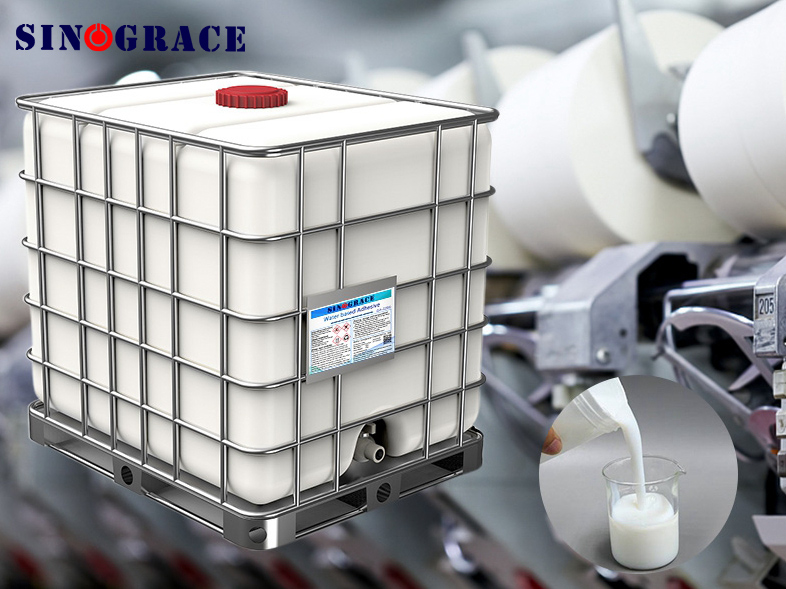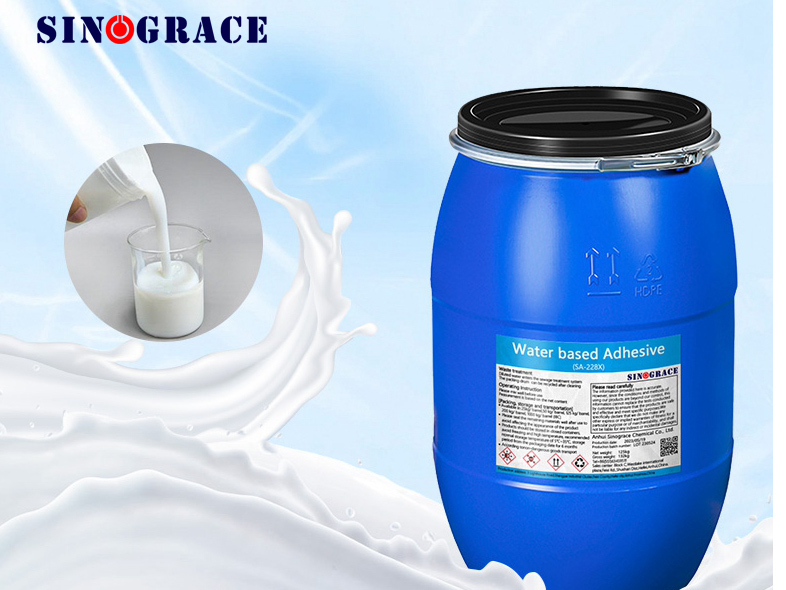Proper use of adhesives
The adhesive not only needs it to stick firmly, but also needs long-term viscosity, the effect of the adhesive is better, if it can not be sustained, after a period of time it will fall off, or for some reason, the viscosity will decline, so we sometimes need to think of some ways to ensure the durability of the viscosity. Research work and experience have shown that adhesives can bond things by intermolecular attraction, and the bonding force between these interfaces is composed of secondary valence force (physical force, electrostatic force, primary valence force (chemical force) and mechanical force, of which the secondary valence force is the main force producing the bonding force. The implementation of this adhesive relay can be considered to have two stages: The first stage is that the flowing adhesive molecules spread to the surface of the bonded object and gradually get closer by means of Brownian motion, and the fluidity of the adhesive liquid (less viscosity) and the application of curing pressure are conducive to the contact and proximity of the molecules. The second stage is the generation of intermolecular adsorption. When the distance between the adhesive molecules and the surface molecules of the adhesive is close, the secondary valence force begins to play a role and increases with the reduction of the distance between the molecules of the adhesive and the surface. The two processes cannot be completely separated, and the glue has been going on before curing. It can be seen that the adhesive can promote full contact with the surface of the adhesive. The closeness of the distance between the two molecules is the key to obtain the adhesion. Therefore, for the same kind of adhesive, the viscosity of the adhesive itself is large or in the construction, try to make it thin, Brown motion heating measures and curing pressure and curing time extension (especially at room temperature curing adhesive), the surface of the adhesive flat, clean, dry are the conditions for obtaining the best adhesion. To sum up, the following points are what we should pay attention to in construction: 1, the procedure of the bonding process: surface treatment for different properties of the adhesive and different situations, surface treatment. Strictly can be divided into general methods, chemical methods and physical methods. In the decoration industry, it is mainly for the simple treatment of sticky objects. Such as: dust, oil, rough surface, water and other aspects of treatment, to ensure that the sticky surface is clean, dry, no oil. 2, the adhesive surface should be evenly coated to ensure infiltration, as far as possible to avoid bubbles, because there are pores and the bonding strength is greatly reduced, resulting in degumming. Attention should be paid to the alignment of the position at one time, do not mismove, can be pressurized, eliminate air, and make it close contact. 3, the process of curing adhesive through chemical and physical action to make i...
read more

 English
English français
français русский
русский español
español العربية
العربية








